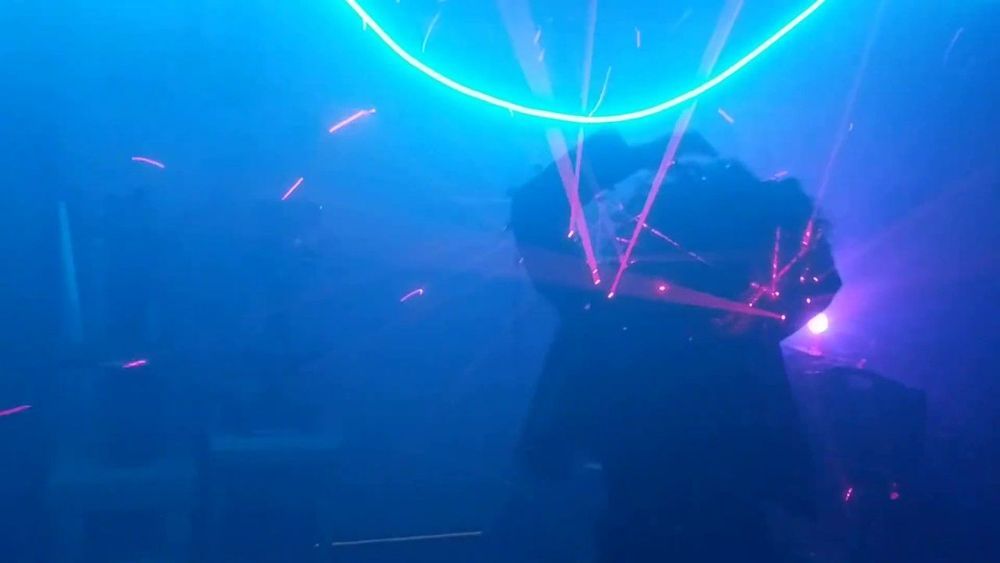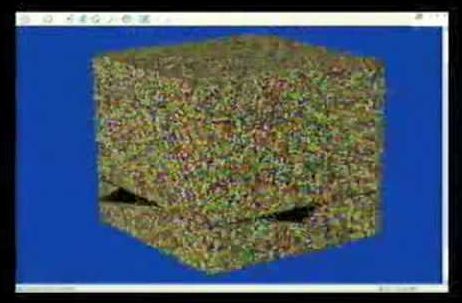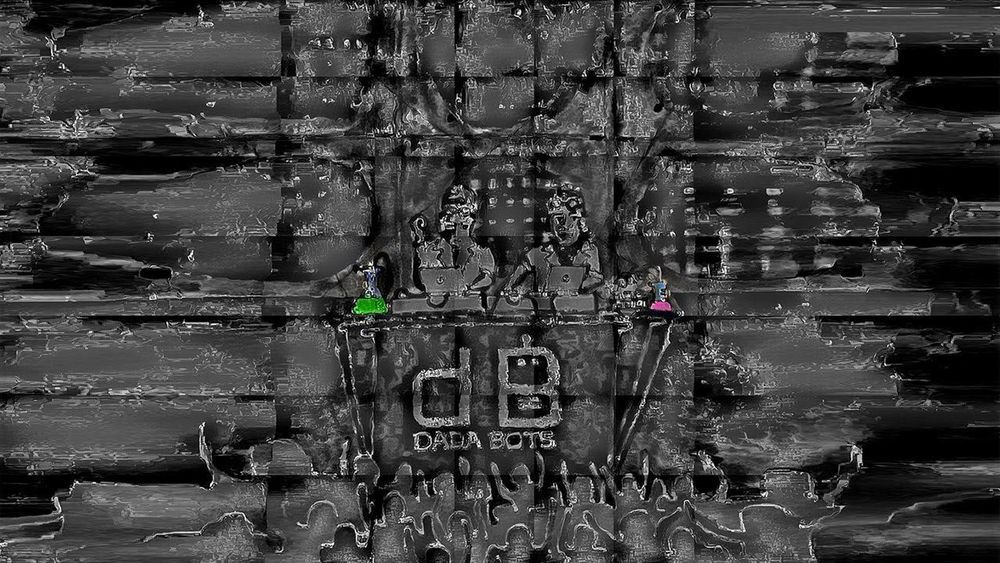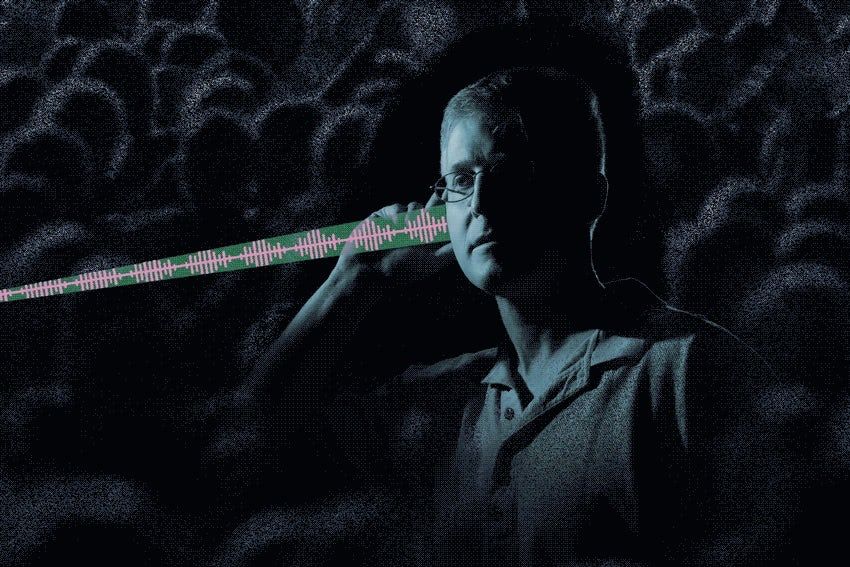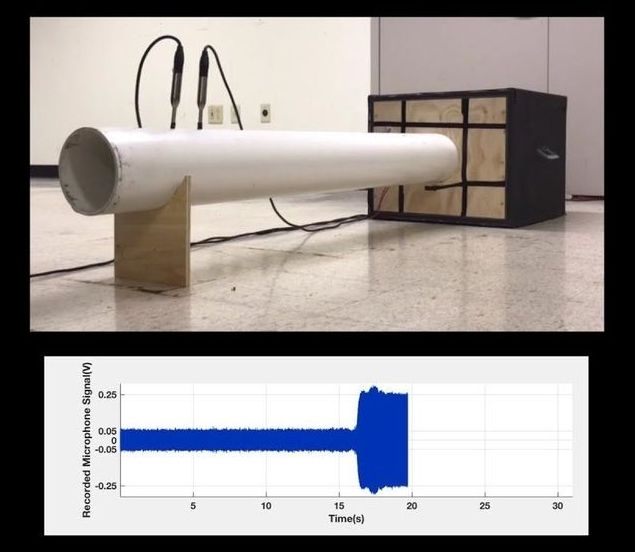https://youtu.be/RdoLcgxvf98
White Rabbit
Recorded Live: 11/8/1975 — Winterland — San Francisco, CA
More Jefferson Starship at Music Vault: http://www.musicvault.com
Personnel:
Grace Slick — vocals
Paul Kantner — vocals, guitar
Marty Balin — vocals, percussion
David Frieberg — keyboards, bass, vocals.
Craig Chaquico — lead guitar
Pete Sears — bass, piano
Johnny Barbata — drums, vocals (on track #4)
Summary:
Recorded after the monumentally successful Red Octopus album release, but prior to 1976’s Spitfire album, this Jefferson Starship concert captures the band performing a diverse set before a hometown audience. With singer Marty Balin back in the fold, the group again contained the three primary vocalists from the Jefferson Airplane, now supported by vocalist, keyboardist, part-time bassist, and ex-Quicksilver Messenger Service member David Frieberg; the young guitar prodigy Craig Chaquico; and the superb rhythm section of bassist/pianist Pete Sears and drummer Johnny Barbata. The group was riding high on the multi-platinum Red Octopus album and was arguably at a new peak of popularity.
This set is not only represented by material from the early Jefferson Starship albums and a couple of Jefferson Airplane classics, but interestingly features live performances of material from Grace Slick’s first solo album plus two of the best tracks Marty Balin recorded with his post-Jefferson Airplane project, Bodacious D F.
The recording begins in progress, with the group wrapping up Vic Smith’s “Drivin’ Me Crazy,” the most infectious track from the obscure Bodacious D F album. This sweeping, heart-breaking song about longing for lost love serves as a perfect vehicle for Balin’s romantically emotive vocals. An extended version of the Jerry Gallup/Craig Chaquico composition, “That’s For Sure” follows, clocking in at nearly twice the length of the studio recording featured on the 1974 Jefferson Starship album, Dragonfly. With barrelhouse piano support from Sears, Grace Slick next takes over with a very bawdy take on “Better Lying Down,” a track from her first solo album, Manhole.
In a rare instance of drummer Johnny Barbata fronting the band, they next deliver “Big City,” the song he co-wrote with ex-Canned Heat guitarist Joel Scott Hill and original Flying Burrito Brothers bassist Chris Etheridge. Here Barbata handles lead vocals on a song soon to be recorded for the group’s next album, Spitfire. Returning to Dragonfly material, David Frieberg next fronts the band on “Come To Life,” a song containing words by the Grateful Dead’s lyricist extraordinaire, Robert Hunter.
Read more
